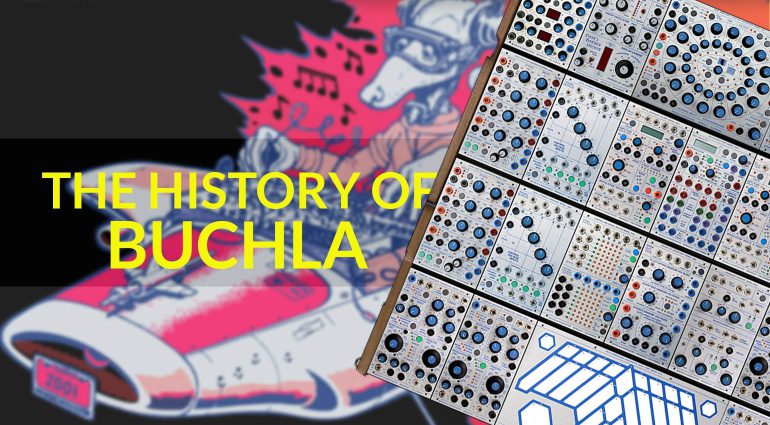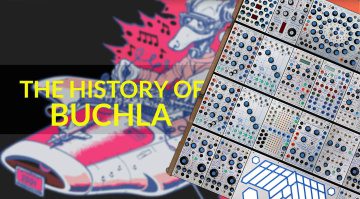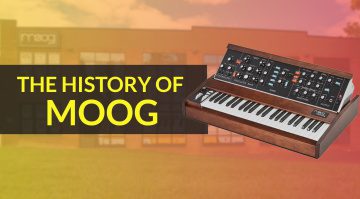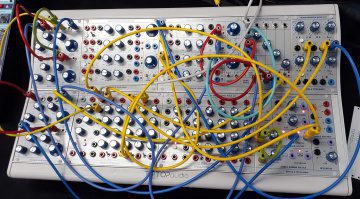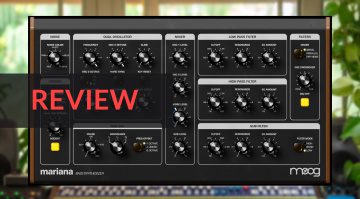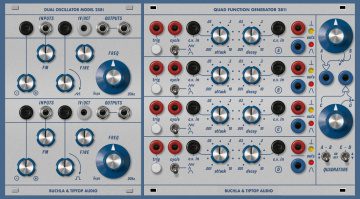American Giants: The History of Buchla & Birth of West Coast Synthesis
West Coast synthesis...
The History of Buchla is the history of West Coast synthesis, counter-culture art and Don Buchla’s alternative to the East Coast Moog. Join us as we look at the history of perhaps the most avant-garde synth manufacturers of all the American Giants. Thought you knew everything there was to know about American synths? Then read on and be surprised…
The History of Buchla
In an alternate dimension, we’re all playing Buchla-inspired synthesizers. Scratch that, as Buchla didn’t even like the word synthesizer. He wanted his machines to make never-before-heard sounds, not approximations of existing instruments like flutes and pianos. In this not-so-distant universe, complex waveform oscillators, low pass gates and sources of uncertainty form the basis of our electronic instruments. It’s one where the counter culture became the dominant culture and we’ve all passed the acid test.
Don Buchla and his modules provide an alternative to the dominant synthesizer culture. Developed simultaneously yet independently of Bob Moog in the mid-1960s, Don’s instruments prized experimentation and exploration over traditional music reproduction. They have a sound all their own and, with their nontraditional playing interfaces, they have attracted artists looking to expand the definition of what music can be for half a century.
This is part of a series of stories on American synthesizer pioneers and their companies. Other entries include Moog, ARP and Oberheim. As with those, this one is intended to be a brief overview and not an exhaustive exploration. My apologies if I don’t mention an instrument that you think I should have.
The History of Buchla: San Francisco Tape Music Center
Don Buchla, a California native, graduated from the University of California, Berkeley in 1959 and remained based in the San Francisco Bay Area for the rest of his life. A hotbed of counter-cultural activity, the Bay Area is a fitting stage for the development of a radical new musical instrument.
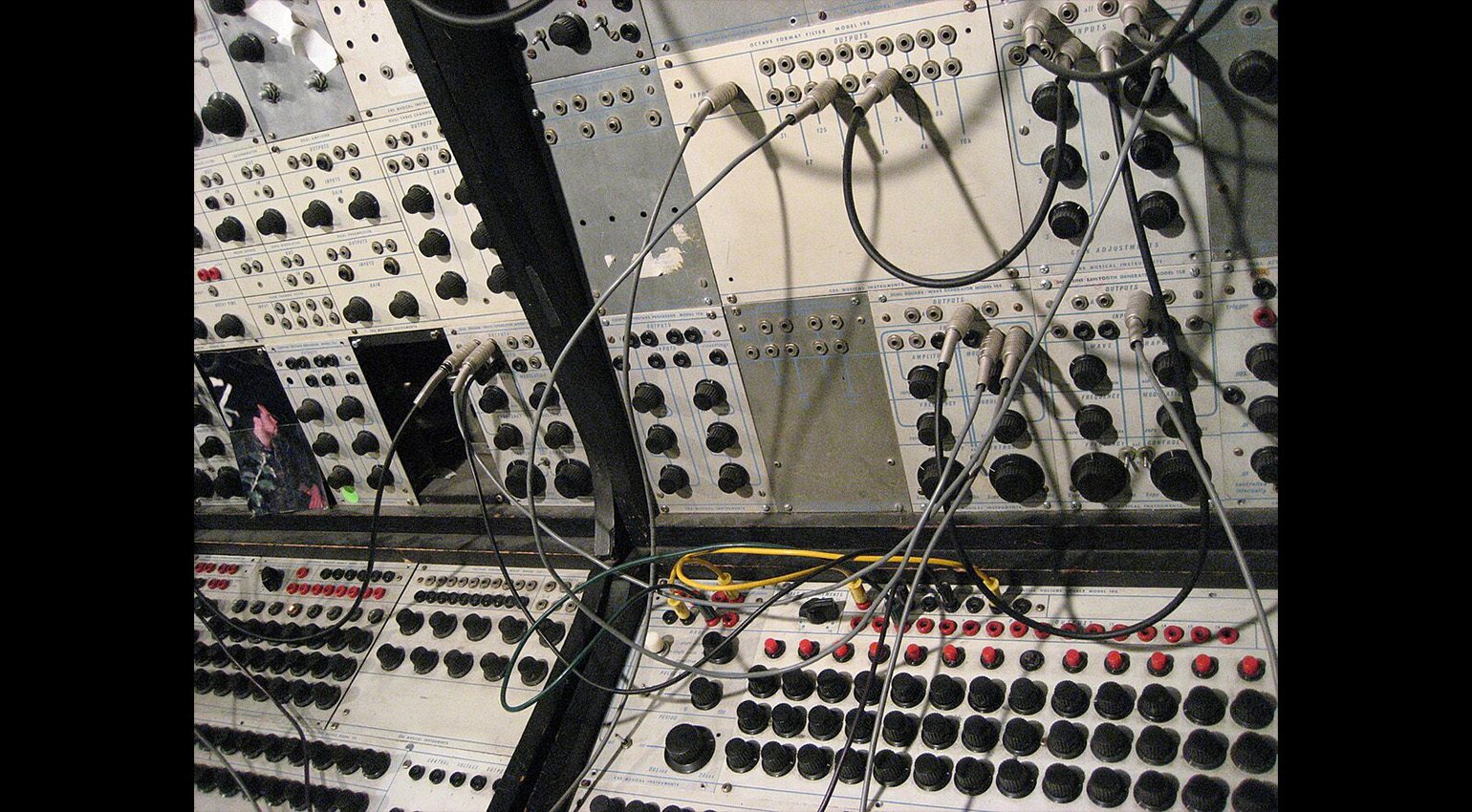
In 1963, two members of the experimental collective the San Francisco Tape Music Center, Ramon Sender and Morton Subotnick, approached Don about designing and building a voltage-controlled instrument. This would become the Buchla 100 Series Modular Electronic Music System. Buchla & Associates was born.
Whereas Moog’s modular was subtractive, meaning that you started with a harmonically rich oscillator and then removed frequencies and volume with filter and envelopes, Buchla systems employed a different tact. Buchlas began with simple sine waves and then made them complex with a process called waveshaping. Sequencers also played an important part, with Don being credited as the first to invent one.
The History of Buchla: The Acid Test
While popular musicians were buying Moog’s modulars and installing them in their studios, Buchla’s were finding their way into more esoteric situations. “I had a lot of fun in those days, still do,” Don told Red Bull in 2007. “We were hanging out with the Grateful Dead and Ken Kesey and … all the trips of the ’60s.” Don would set up his modular gear at Ken Kesey’s Acid Test parties. “You might not see me because I tended to hide out in the corner because I had a lot of speakers to control and you’d hear screaming and mad, lunatic fringe sound.”
This sonic insanity also continued on the road, with a Buchla Box permanently installed on Ken Kesey’s Further bus. In 2019, a synth tech was even accidentally dosed with LSD while repairing an old Buchla Model 100. Far out, man.
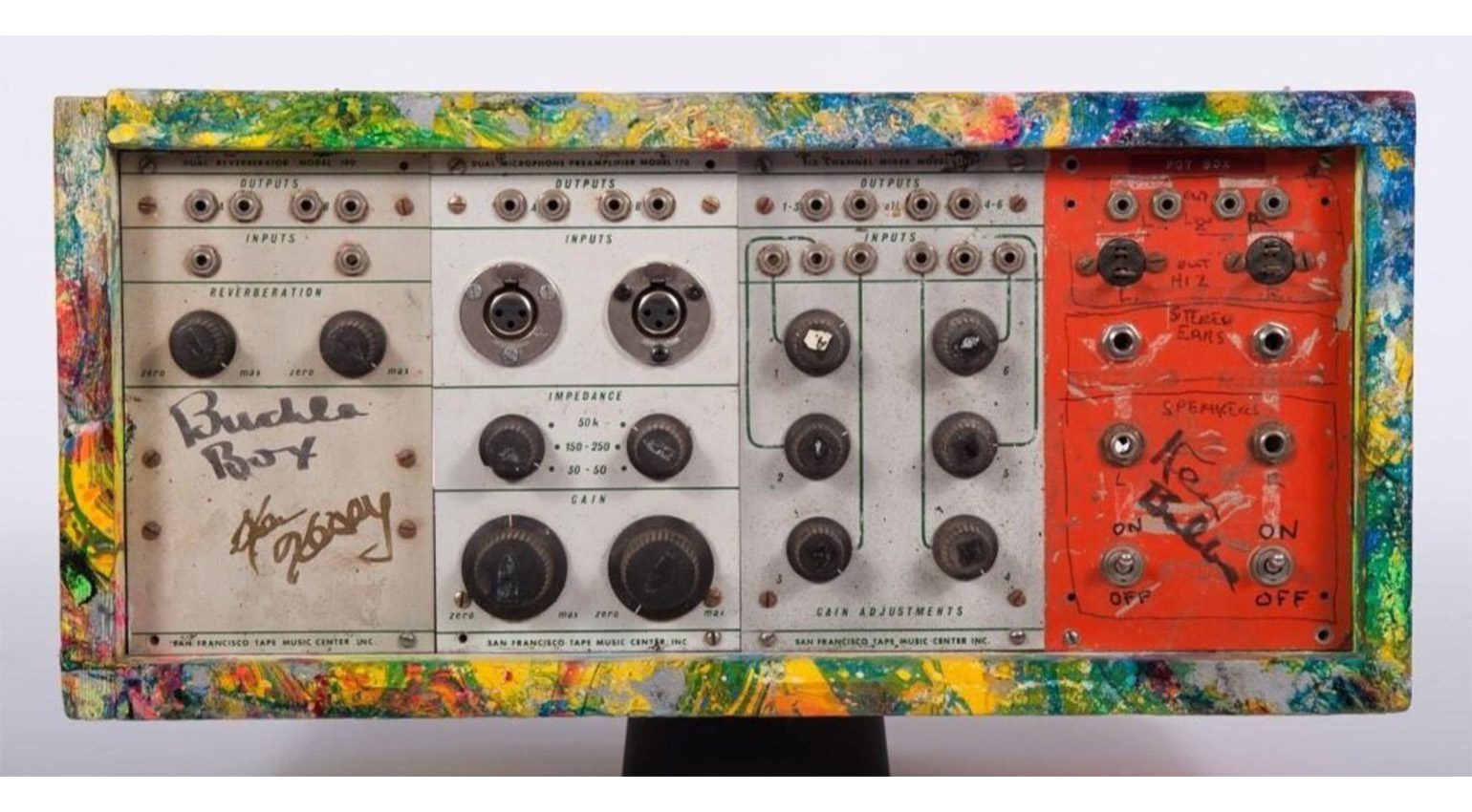
For many, their first introduction to the mad, lunatic fringe sound of a Buchla was through Silver Apples of the Moon by Morton Subotnick. The Buchla equivalent of Switched On Bach, Subotnick’s challenging work presented the Buchla ethos to the world. It still sounds incredible to this day.
The History of Buchla: Taking Flight
The next iteration of the Buchla modular began to arrive in 1970 with the 200 Series. An evolution of the concepts explored in the 100 Series but taken to the modulatable extreme, it helped to solidify Buchla’s ideas about sound generation as well as what we now consider West Coast synthesis: complex waveshaping, low pass gates, two-stage looping envelopes, plus plenty of complex randomness. Some of these 200 Series modules have been re-released by Buchla U.S.A. in the last few years.
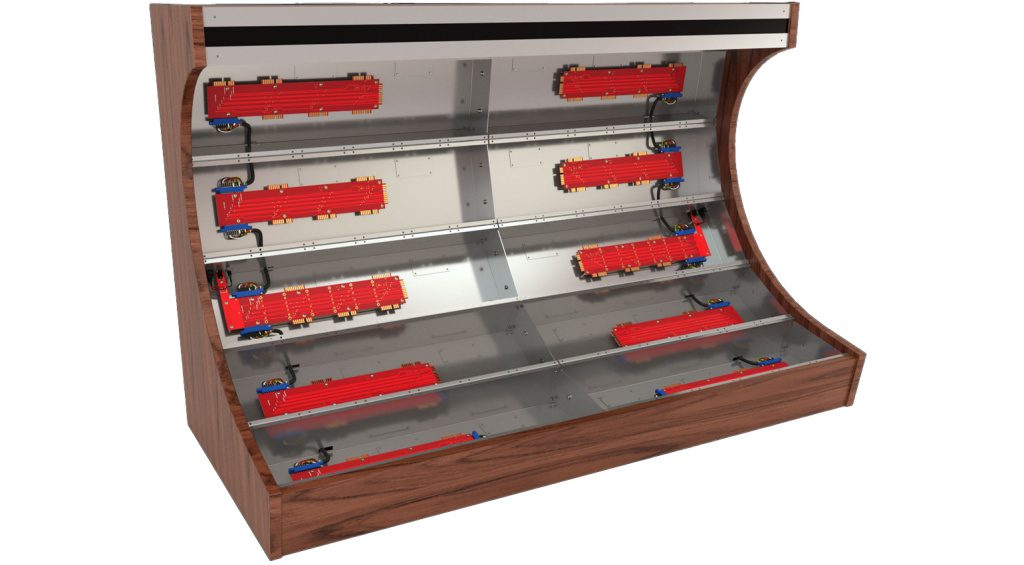
The 1970s was a fertile time for Don and his team. Along with continued exploration of the 200 Series, Don created the Music Easel in 1973. It was comprised of two units, the 218 Touch Keyboard Controller and the 208 Stored Program Sound Source. It allowed forward-thinking musicians the opportunity to perform on a Buchla more like a traditional instrument. Buchla reissued the Easel in 2013 and is preparing two new versions now. Buchla U.S.A. currently also offers the Easel Command, a standalone 208 unit. Arturia also makes a software version, the Buchla Easel V.
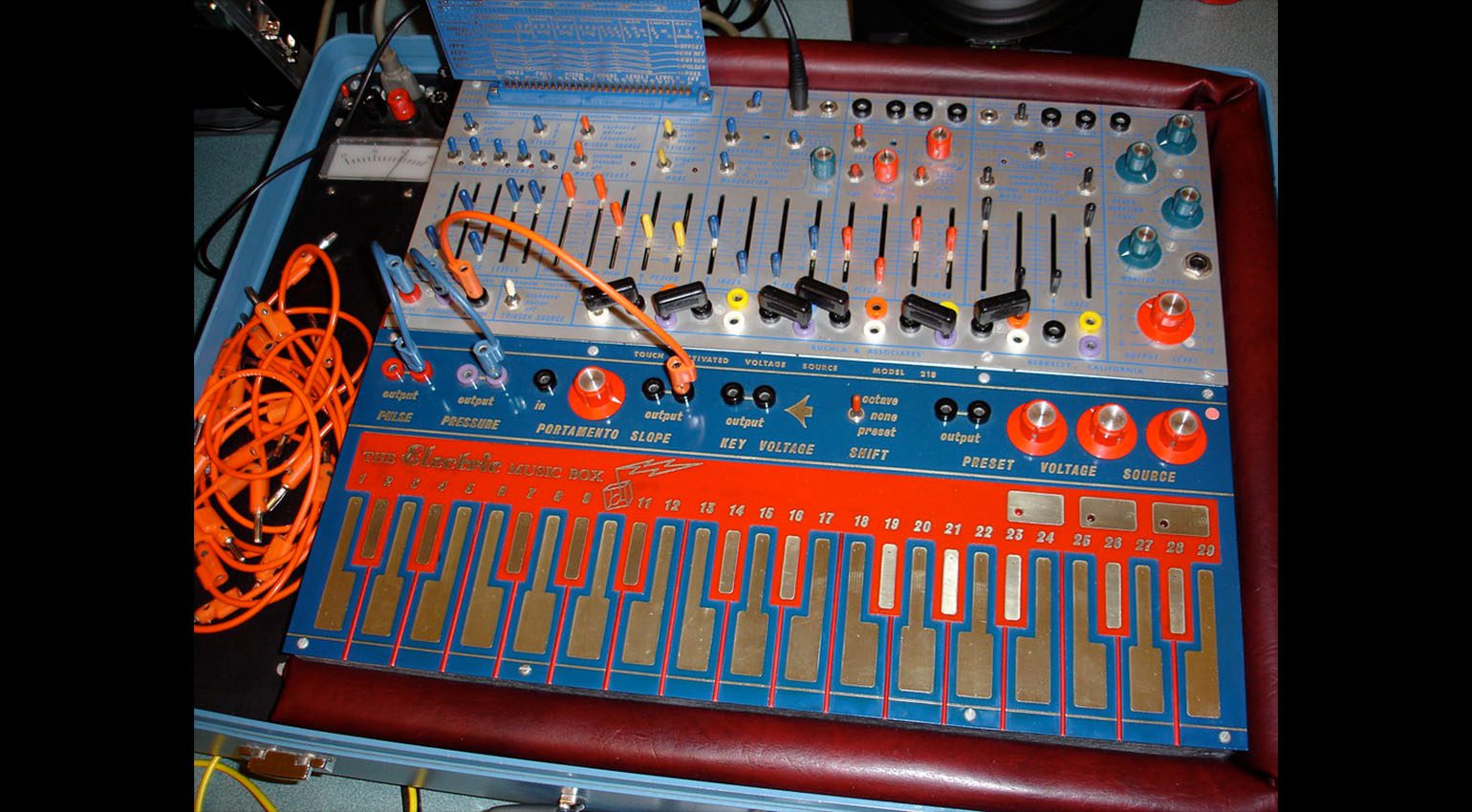
Classic Buchla instruments also included the Series 300 and 500, which used micro-computers along with analogue circuits, and the hybrid Touche synthesizer with a traditional keyboard. The 1980s saw Don further pushing the envelope by exploring software, using it in his 400 and 700. In the late 1980s, he shifted his attention to MIDI controllers.

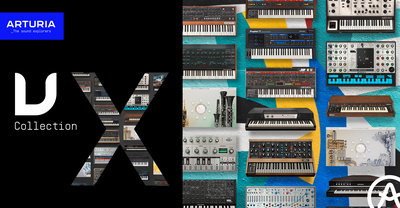
Return to the Source
In 2004, Don came back to building modular Buchla systems. The result was the 200e, a hybrid analogue/digital system that worked alongside older 100 and 200 series modules.
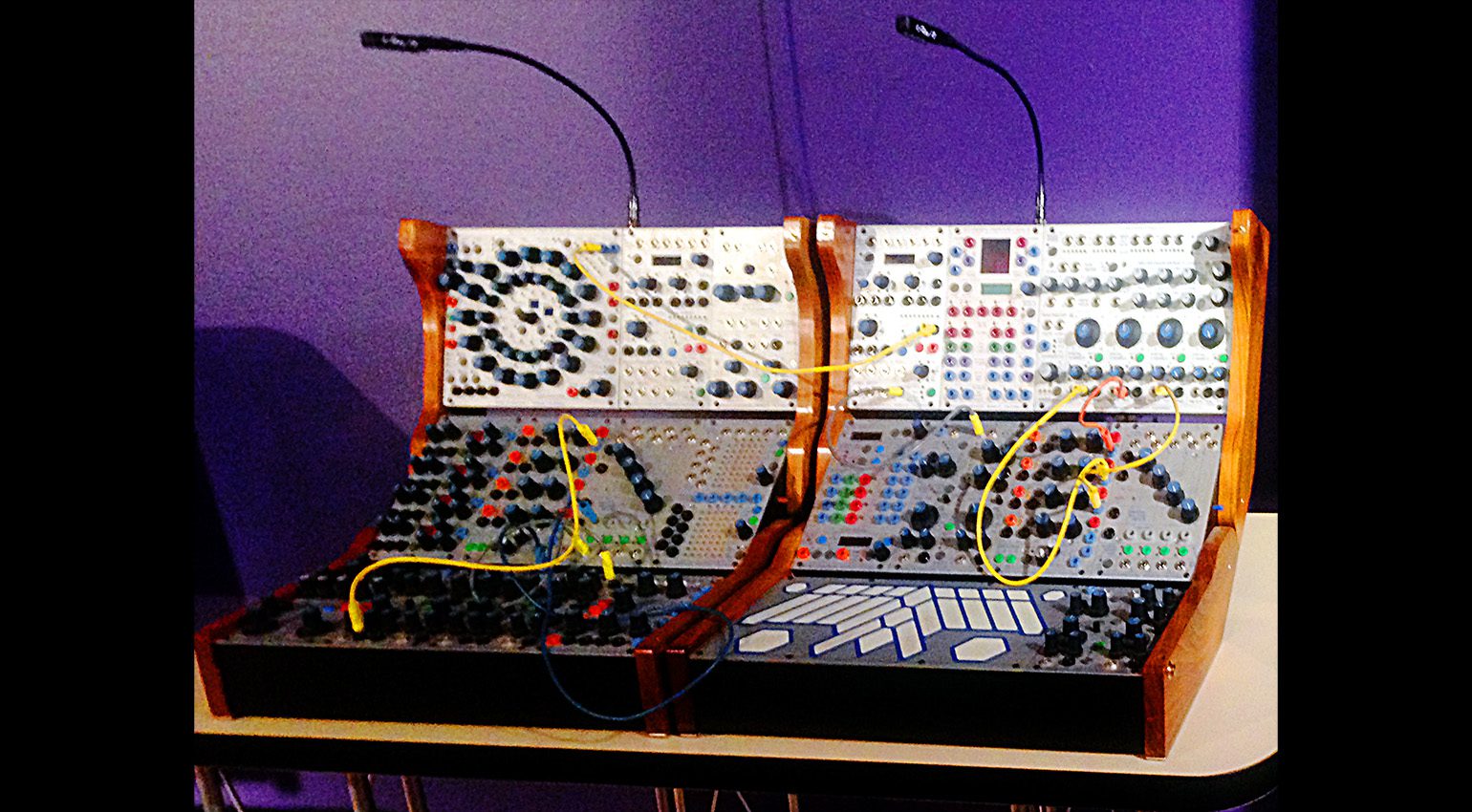
Following on in 2012, an Australian holding company bought Buchla & Associates, renaming it Buchla Electronic Musical Instruments. In 2015, Don took the company to court, claiming unpaid consulting fees and bad faith conduct.
Don, unfortunately, passed away from complications related to cancer in 2016.
History of Buchla: Buchla U.S.A.
In 2018, a new company was created to continue Don’s legacy. Called Buchla U.S.A., it offers a 200e modular set under the name Skylab, 200 Series reissues (designed by Roman Filippov of Black Corporation, no less) as well as the new Music Easels. The company has also joined forces with Tiptop Audio to recreate the classic 200 series modules in a Eurorack format – and at Eurorack prices, making Don’s incredible, counter-cultural work more affordable than ever.

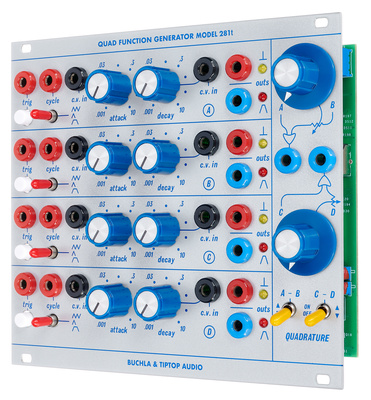

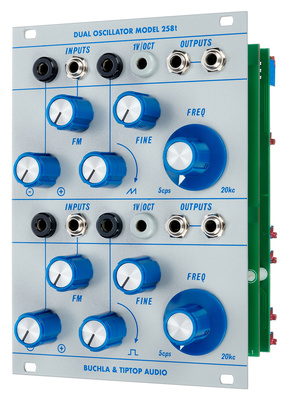



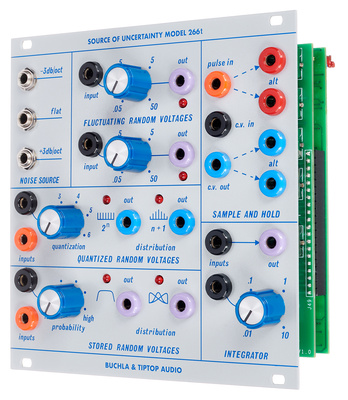

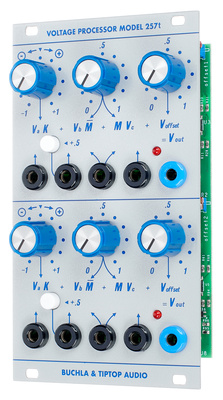
More Information
- Buchla U.S.A. homepage
- All about Buchla
- All about synthesizers
 4,5 / 5,0 |
4,5 / 5,0 | 